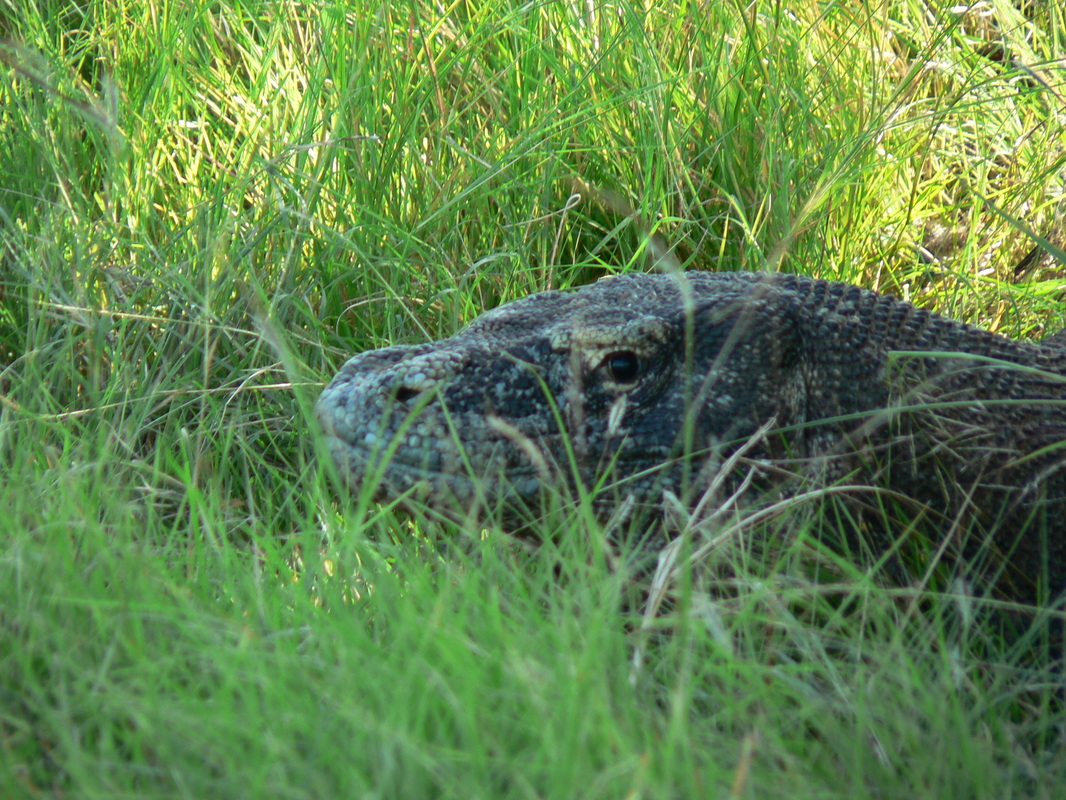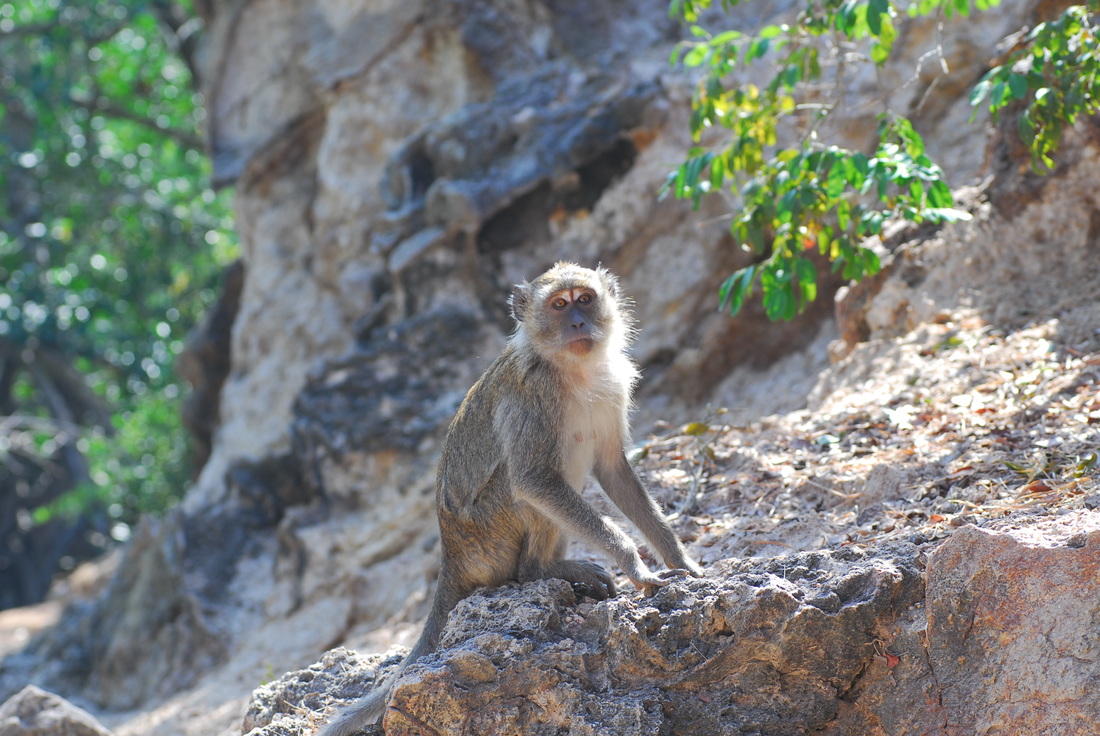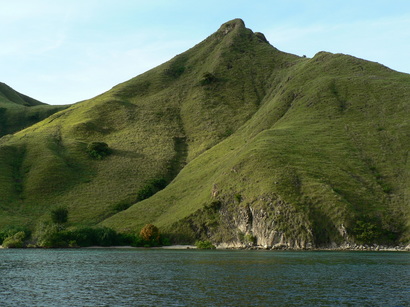The Waelena
The Boat
The Waelena is a traditional wooden sailing boat from Sulawesi– set to explore the fantastic underwater world of the Komdo National Park and Flores surrounding islands.
|
Equipments
The Waelena is a 20 meters long boat eqquiped with 2 spacious cabins and an open "carré" at the backside for relaxing and enjoy your meals. There is a cabin shower/toilet with fresh water. The Boat trip is supplied with lifejackets, phones, a dinghy and optionally a canoe-kayak.
|
Capacity and Crew
The Waelena has a confortable capacity with 6 pasengers, but it can be extend up to 10 passengers. The crew is composed with 3/4 persons, included a long time experimented captain and an english spoken guide.
|
Flora and Fauna of your travel journey
|
Komodo National Park includes three major islands: Komodo, Rinca and Padar, as well as numerous smaller islands creating a total surface area (marine and land) of 1817km2. As well as being home to the Komodo dragon, the Park provides refuge for many other notable terrestrial species such as the orange-footed scrub fowl, an endemic rat, and the Timor deer. Moreover, the Park includes one of the richest marine environments including coral reefs, mangroves, seagrass beds, seamounts, and semi-enclosed bays. These habitats harbor more than 1,000 species of fish, some 260 species of reef-building coral, and 70 species of sponges. Dugong, sharks, manta rays, at least 14 species of whales, dolphins, and sea turtles also make Komodo National Park their home.
|
The predominant vegetation type is open grass-woodland savanna, mainly of anthropogenic origin, which covers some 70% of the park. The dominant savanna tree is lontar palm Borassus flabellifer, which occurs individually or in scattered stands. Grasses include Eulalia leschenaultiana, Setaria adhaerens, Chloris barbata, Heteropogon contortus and, in the higher areas, Themeda spp. including T. frondosa and T. triandra. Alang-alang Imperata cylindrica is conspicuous by its rarity. Tropical deciduous (monsoon) forest occurs along the bases of hills and on valley bottoms.
|






